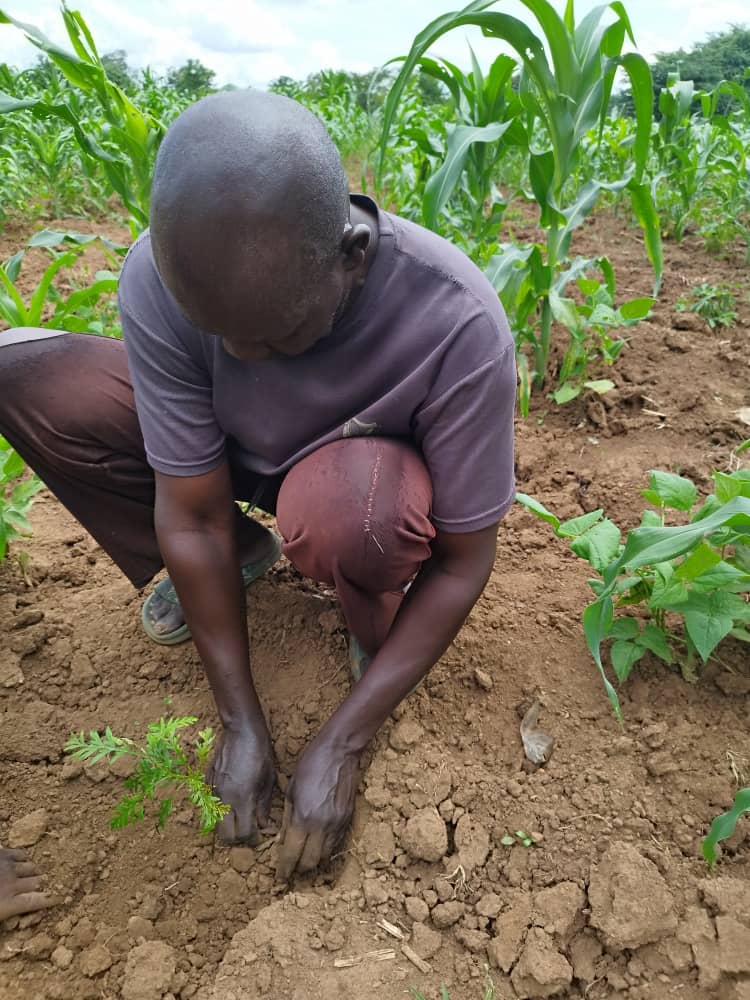Agroforestry is the integration of trees and shrubs into agricultural systems to create a more diverse, productive, and sustainable land-use system. It combines agriculture and forestry practices to benefit from the interactions between trees, crops, and livestock.
Considerations Before Starting Agroforestry
Site Assessment
- Climate: Understand the local climate (temperature, rainfall) to select suitable species.
- Soil: Test soil fertility, texture, and pH to determine necessary amendments.
- Water Availability: Ensure adequate water sources for irrigation and livestock.
System Design
- Species Selection: Choose compatible tree, crop, and livestock species that meet your goals.
- Spacing and Layout: Plan the spatial arrangement to optimize light, water, and nutrient use.
- Integration: Consider how different components (trees, crops, livestock) interact and benefit each other.
Management Practices
- Planting and Maintenance: Proper planting techniques, pruning, and care for trees and crops.
- Pest and Disease Control: Integrated pest management strategies to protect all components.
- Harvesting and Marketing: Plan for harvesting schedules and market access for different products.
Economic and Social Factors
- Investment and Costs: Initial investment in seedlings, infrastructure, and labor.
- Community Involvement: Engage local communities and stakeholders for support and knowledge sharing.
- Sustainability: Implement practices that ensure long-term sustainability and soil health.
